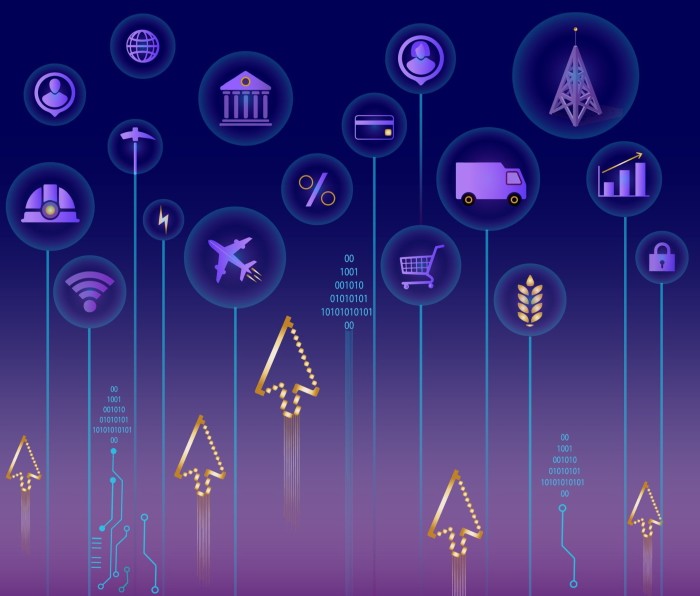Why legal innovators want to chat about AI

Roula Khalaf, Editor of the FT, selects her favourite stories in this weekly newsletter.
Until recently, Tim McDonald would have been quick to use the phrase “transformational” to describe the real estate platform developed by his team at law firm Lander & Rogers. It allows staff at client companies in the construction industry to generate automated contracts, and to make use of options for workflow approvals, esignatures and evaluating the risks in any projects they will be undertaking.
“No one would have thought that processes this complex could be automated,” says McDonald, a partner at the Australian firm.
But the lawyers’ opinion of their platform changed in late 2022, when generative AI — the fast-emerging technology that can produce novel content such as text, graphics or literature — caught widespread attention.
San Francisco-based developer OpenAI had just released a trial version of its artificial intelligence chatbot, ChatGPT, which can answer queries and produce text in natural-sounding language.
“We all immediately dropped what we were doing and started playing with it,” recalls McDonald. “We started texting each other and realising ‘this is actually pretty good’ — and this [was] just a trial version.”
More on FT.com: Best practice case studies
Read the FT Innovative Lawyers Asia-Pacific ‘Best practice case studies’, which showcase the standout innovations made for and by people working in the legal sector:
Within days, McDonald had concluded that any failure to learn how to involve it in the day-to-day work of his team would mean “we are just going to be left behind”.
OpenAI, which first won backing from software giant Microsoft in 2019 — now totalling billions of dollars — has since introduced other iterations of its online tool. And other tech rivals, including search-engine giant Google, have joined the race to unveil generative AI products.
Few tasked with developing legal technology doubt that they will be incorporating generative AI into future initiatives — and many intend to modify their existing projects. McDonald expects to add embedded chat features based on generative AI to the automated contracts-generating platform — noting that it will “happen very quickly”.
Sara Rayment, who left Australian law firm Sparke Helmore to found legal services company Inkling Legal Design five years ago, says firms are already keen to explore the potential effects of generative AI. Legal design aims to redesign the legal systems and documents used by lawyers, to make them more generally understandable.
She set up Inkling, based in Sydney, to address the gaps — the “cognitive diversity” — in mutual understanding that too often emerges between lawyers and clients.
The company uses techniques borrowed from psychology and marketing to train law firms and in-house lawyers to communicate more empathetically and effectively. “Everybody views and processes information in a different way,” she explains.
One of Inkling’s goals is to stop clients assuming that lawyers’ advice overemphasises risks but then later blaming them for any adverse outcomes.
Since ChatGPT first grabbed public attention, Inkling has been advising law firms on adopting generative AI. This includes helping them to measure the quality and quantity of the results when using it, compared with what could be delivered by lawyers who are not using it.
However, the lawyers often express concern about sharing their knowledge to help customise AI tools, says Rayment. And they fret about making expertise more available to a wider audience at a lower cost by “scaling their intellect”. Therefore, they often want to limit access to their own teams.
But law firm Allen & Overy has released a generative AI tool to some 3,500 lawyers across its business, including those in 11 Asia-Pacific region countries, says David Wakeling, head of Allen & Overy’s markets innovation group.
Before ChatGPT caught the public imagination, Wakeling’s team helped Allen & Overy lawyers working with financial services clients based in the Asia-Pacific region to develop a self-service investor tool, called SubscribeMatrix, for a banking client. The tool allows the bank to streamline the subscription process when launching new investment funds.
By the end of last year, though, Wakeling’s team, backed by the law firm’s senior management, had turned their energies to developing a customised generative AI tool. Wakeling had learned about the planned rollout of ChatGPT through a contact at Stanford University and immediately put the technology to the test.
“I was thinking this is incredible,” he recalls.
Next, the rest of the team tested it, followed by other early-adopting technophiles at the firm. This February, Wakeling announced a partnership with Harvey AI, whose platform Harvey is based on OpenAI’s GPT-4 technology, and proclaimed that Allen & Overy lawyers would “deliver faster, smarter and more cost-effective solutions to their clients”.
But Wakeling’s awareness of Harvey’s limits, and the frequency with which it delivers “nonsense” as well as help, tempers his enthusiasm for generative AI.
“An expert needs to check the output very carefully,” he warns. Allen & Overy has set up protocols to prevent Harvey’s output including errors that can be commonplace in generative AI that has not been customised with controls and monitoring.
Wakeling also plans to knit Harvey’s capabilities into SubscribeMatrix and other platforms developed at the firm.
At Lander & Rogers, McDonald notes that the costs of investing in generative AI are likely to deter only a few firms. “It’s going to be the easiest return-on-investment case ever,” he argues. “It is just so capable of doing things that ordinarily — and perhaps, unfortunately — [are done by] junior lawyers, and paralegals.”

Comments